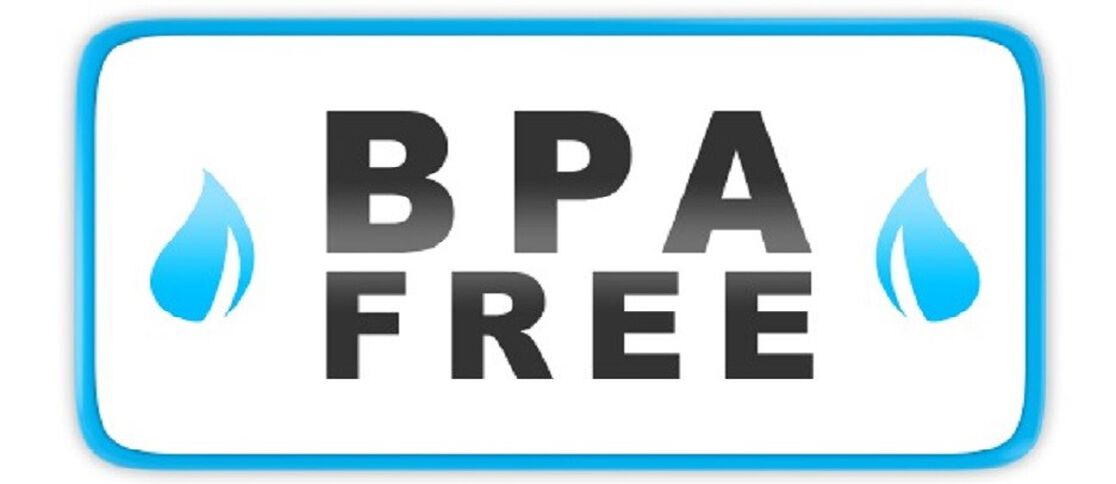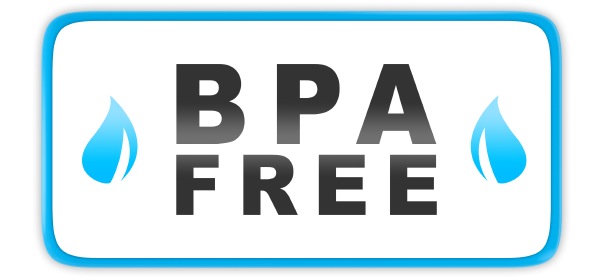You are what you eat. But does this saying take on new meaning when toxic chemicals might be creeping into your food?
One commonly overlooked element of healthy eating is the container you cook and store your meals and drinks in. And, a common toxic found in these products is Bisphenol-A (BPA). Exposure to BPA, an industrial chemical used since the 1950s to make plastics and resins, raises concern due to its ability to mimic estrogen. Chemicals that mimic estrogen bind to cell receptors stronger than the natural estrogen our bodies produce, causing deleterious health effects and upsetting normal hormone activity of growing fetuses, children, developing teens, and adults.
Although the FDA finds that very low levels of BPA in some foods are not harmful, this chemical nevertheless plays a significant role in the health of your family. Parents I speak with are rightfully shocked when their second grader comes home to tell them a classmate is developing breasts. Women are concerned about estrogen-sensitive cancers like breast cancer. And men don’t hold a get out of jail free card; they are equally affected by the increase in hormone altering chemicals. Men typically have a higher concentration of testosterone that will naturally lower when estrogen mimickers are elevated because hormones are constantly trying to maintain balance.
Other health issues linked with such chemical hormone disruptors include:
- Food sensitivities
- Autoimmune disease
- Cancer
- Infertility
- Polycystic ovarian syndrome
- Fibroids
- Ovarian cysts
- Heart disease
- Diabetes
- Insulin resistance
- And more…
As for heart disease and diabetes, a JAMA study found those with the top 25% of BPA concentrations were three times more likely to develop heart disease and 2.4 times more likely to have diabetes.
Where do you find BPA?
It’s lurking in more everyday household items than you think:
- Plastic containers and water bottles
- Blenders and food processors
- Can lining for foods and beverages
- Packaged food
- Dental sealants
- Cosmetics
- Pizza boxes
- Toilet paper
- Receipts – yes, that piece of paper at the checkout!
- Wine – some wineries use plastic vats for fermentation
What steps can you take to reduce exposure?
It is almost impossible to completely avoid exposure, but you can take steps to reduce it.
1. Use BPA-Free Containers
To be safe, the best option is to stick with glass, porcelain, or stainless steel containers for water, hot foods, and leftovers when possible. Worse, many plastic products labeled as BPA-free actually contain its slight less hazardous(but still hazardous) hormone disrupting cousin bisphenol S. Finally, consider cutting back on canned foods since many are lined with BPA. Here are some great alternatives:
- Lunch Bots
- Planet Box
- Pyrex Glass Containers
- Kleen Kanteen
- LifeFactory
2. Avoid Heating Plastic Products. Microwaving plastics, putting them in the dishwasher, or heating them with other sources cause them to break down and leach chemicals into foods and drinks. (This is another reason to cook with fresh ingredients and avoid packaged meals when possible.) And don’t forget about nature’s biggest heat source! Keep plastic products out of the sun, being especially careful not to leave water bottles in the car to cook on a hot day.
- Dr. Thalia Farshchian, Naturopathic Doctor
This post is solely for informational purposes. It is not intended nor implied to be a substitute for medical advice. Before undertaking any course of treatment or dietary/health changes, you should seek the advice of your physician or other health care provider.
We aim to provide you with the most honest and credible information possible. This article was reviewed for accuracy by The Honest Team and its internal technical experts.
blog_review_statement




